On December 26th, OPPO released the new generation model of Reno series, Reno3 series in Hangzhou.
First appeared is the higher-end OPPO Reno3 Pro 5G.
From the appearance alone, you can hardly see the inheritance of the new machine from the previous two generations, especially on the back.
The iconic center axis design of the previous two generations has been cancelled, and the dots of “O-dot” and “Design for Reno” have disappeared, making the overall design more concise.

This time OPPO Reno3 Pro has four general color schemes for users to choose from: sunrise impression, blue starry night, moon night black and fog moon white, of which the first two have gradient color effects.
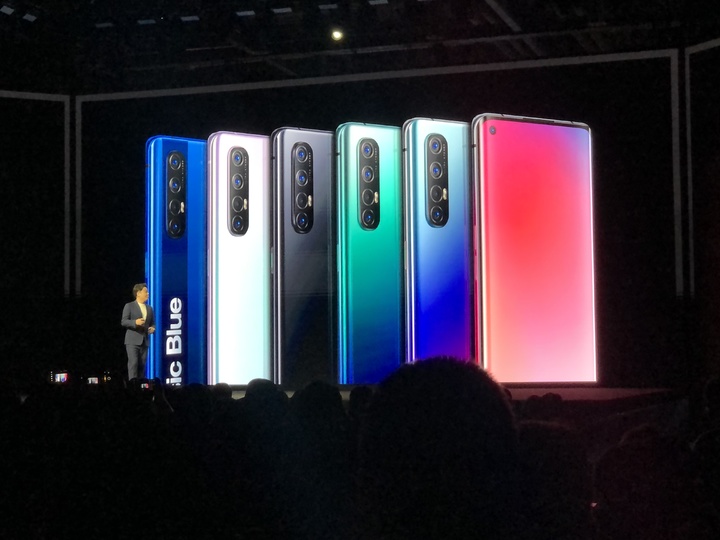
In addition to the four regular color schemes, OPPO also collaborated with Pantone this time to launch a customized version of the Pantone 2020 Classic Blue. This customized version has a classic blue back and is printed with the Pantone annual logo. In addition to the classic blue elements that can be seen on the phone, it actually runs through the box, phone case, and phone accessories.
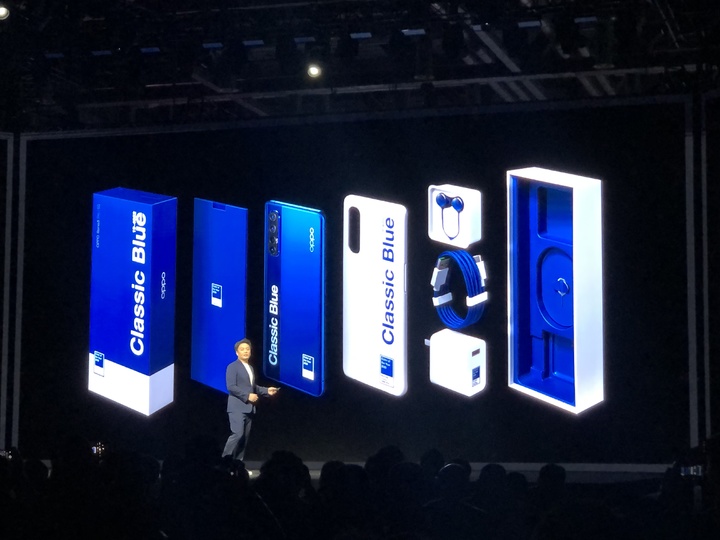
Along with the iconic design on the back, there are two generations of lifting front cameras. This time OPPO Reno 3 is equipped with a water drop screen on the front, while OPPO Reno 3 Pro is a hyperboloid screen.
The refresh rate of the screen has also kept up with the trend, reaching 90Hz. In order to better take advantage of the 90Hz screen. OPPO added a Quantum quantum animation engine to colorOS 7.
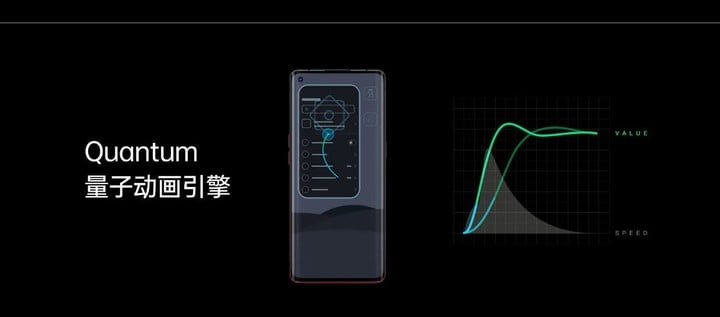
“Indecisiveness, quantum mechanics.” The name of the quantum animation engine sounds ridiculous, but actually it is to associate various animations in the system with more physical elements, making the animation look smoother and more natural. .
For example, when you slide back up to the desktop in the app, the icon will have a parabola that returns to the original icon position.
After updating to colorOS 7, this parabola will change according to your sliding force and direction, making this parabola look more in line with the real physical movement and making the whole process look more natural.
 < / p>
< / p>
Light and thin is one of the important selling points of OPPO Reno3 Pro 5G. Indeed, the world’s sports pants are suffering from 5G mobile phones.
Although it has a 6.5-inch screen and a 5G, 4025mAh battery, the OPPO Reno3 Pro’s body weight is 171g and its thickness is only 7.7mm.
In order to achieve thinness, OPPO said that it has worked hard everywhere on the mobile phone. After the lifting camera was first replaced with a digging camera, the weight of the front camera alone was 95% smaller than the previous generation.
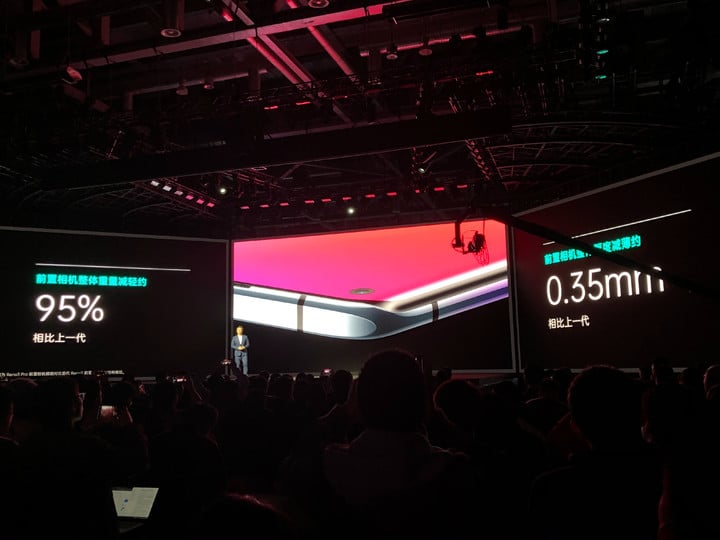
In addition, OPPO has made a lot of efforts on screen materials and even fingerprint recognition modules.
In terms of images, the four cameras of OPPO Reno3 Pro are the same as the four cameras previously mounted on Reno2. They are 48 million main camera, 13 million telephoto, 8 million super wide-angle, and2 million black and white style cameras.
In addition, OPPO also said at the press conference that the super anti-shake function on OPPO Reno3 Pro has also been upgraded. Although the anti-shake is still achieved through electronic cropping, the range of “cutting” is even smaller. The range has been improved a lot over the previous generation.
As for the imaging and image stabilization performance of the four cameras, you can directly read the OPPO Reno3 Pro review we have released.

In terms of configuration, OPPO Reno3 is equipped with Qualcomm Snapdragon 765G SoC. This SoC also integrates Snapdragon X52 5G modem and RF system. The peak download rate can reach 3.7 Gbps. It also supports SA and NSA, millimeter wave and sub-6GHz , And 5G global roaming and multiple SIM cards.
After the appearance of OPPO Reno3 Pro 5G, it’s his turn to debut “OPPO Reno 3 5G”.
The main points of OPPO Reno3 5G are different from those of older brother.
First of all, in terms of appearance, OPPO Reno3 5G uses a water drop screen instead of a hyperboloid digging screen. The screen also does not have a 90Hz refreshRate. In addition, OPPO Reno3 5G does not have Pantone cooperation edition color matching.
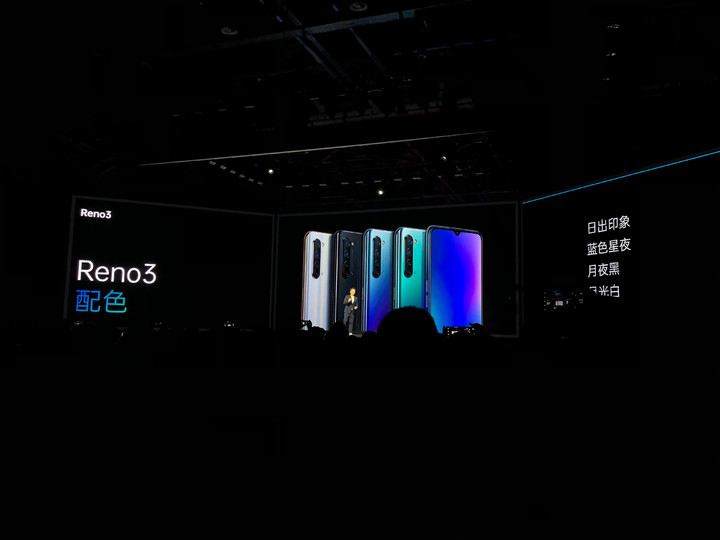
Second is the configuration. OPPO Reno3 5G is equipped with MTK’s Teana 1000L SoC, which also supports 5G dual-mode. In addition, the main camera of OPPO Reno3 5G is Sony IMX 686 instead of IMX 586 on Pro version.
Come here, I believe that students who are familiar with components will stand up and ask: Why are Reno3’s SoC and main camera sensor more advanced than the Pro version?

This question was also asked in our interview after the press conference. OPPO said that the first argument that the Teana 1000L is stronger than the Snapdragon 765G is actually a bit of an argument, but OPPO does not only consider this point when considering the experience, but considers power consumption and heat generation. of. In addition, the separation of the two SoCs is also a consideration to ensure the stock volume.
As for the problems of IMX686 and IMX586, they are similar to those of SoC. After all, shooting is not only about hardware, but algorithm tuning is also very important. The more mature IMX 586 is believed to have a better experience.
Prices are as follows.
OPPO Reno3 Pro:
8GB + 128GB version is priced at 3999 yuan,
The 12GB + 256GB version costs 4499 yuan,
The Reno3 Pro Pantone 2020 Annual Custom Classic Blue Custom Edition is priced at 4199 yuan.OPPO Reno3:
8GB + 128GB sells for 3399 yuan,
12GB + 128GB is priced at 3699 yuan.
Release time is also more complicated. Reno3 Pro 8GB + 128GB version, Reno3 8GB + 128GB version and Reno3 12GB + 128GB version will be launched online and offline at the same time on December 31. Reno3 Pro 12GB + 256GB version will be available at 1 Starting online and offline at the same time starting on May 10. Reno3 Pro 5G-Pantone 2020 Annual Classic Classic Custom Edition will be available online and offline from January 10th.
At the end of the conference, OPPO also brought us the true wireless headset OPPO Enco Free.
The earphones weigh only 4.6g, and uses a dual magnetic circuit design, FPC arm balance system and aluminum-magnesium-titanium composite diaphragm. In addition, OPPO Enco Free applies the “Bluetooth Low-latency Dual Pass” technology to solve the problem of delay and stability of Bluetooth connection. It can be used with Reno 3 Pro to achieve a delay of 120ms.
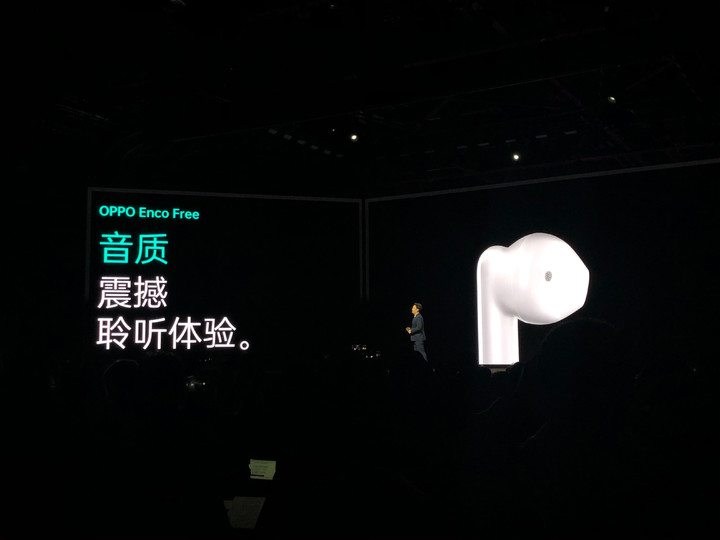
OPPO calls it “the industry’s leading ultra-low-latency listening experience”, offering black and white colors for $ 699.
Finally, Shen Yiren, the CEO of OPPO and the host of this conference, has not forgotten to bring us an Easter egg: OPPO will launch the MTK Teana 1000 SoC product in the first half of next year.
As for the first half of the year and more information about this new product, OPPO did not disclose.